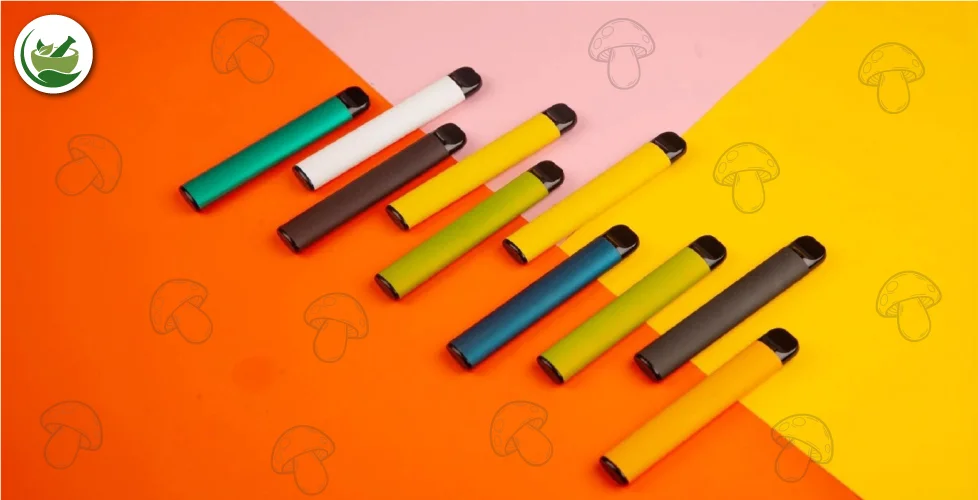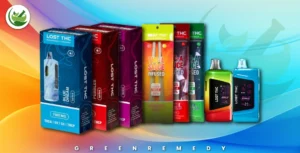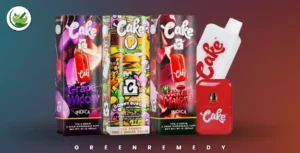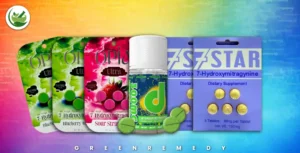
The growing concern over single-use plastics has led to the search for viable, eco-friendly alternatives. Among the innovative solutions, mushroom-based materials have emerged as a standout option, offering a sustainable and biodegradable choice. This blog delves deeper into the world of mushroom disposables, highlighting their creation process, benefits, applications, and the hurdles they face, providing a comprehensive look at their role in the environmental movement.
Understanding the problem of single-use plastics
Single-use plastics are a two-edged sword. On the one hand, they provide convenience and hygiene through packaging, food service, and medical supplies. On the other hand, there is significant pollution. Most single-use plastics are not recycled and wind up in trash dumps, seas, and other natural environments, presenting a hazard to animals and ecosystems. Plastics’ long-lasting sturdiness, which can take hundreds to thousands of years to degrade, increases the problem, making it a serious environmental concern.
The Rise of Mushroom-Based Materials

Mushrooms, or more specifically, the root-like part of fungi called mycelium, are at the heart of this solution. Mycelium can be grown into shapes and used to make various products, like packaging and cutlery, that are completely biodegradable. Here’s how it works:
Related blog Mushroom Vapes Explained: Potential Benefits, Risks, And The Future Of Fungal Inhalants
How Are Mushroom Disposables Made?
The production process of mushroom-based disposables involves a few key steps:
Raw Material Collection: The journey begins with agricultural byproducts like husks, wood chips, or straw, which would otherwise be considered waste. This not only helps in waste reduction but also provides a nutrient-rich base for the mycelium to grow on.
Inoculation: Spores of specific fungi are introduced to the substrate in a controlled environment. The choice of fungus depends on the desired characteristics of the final product, such as hardness, flexibility, or density.
Growth Phase: The mycelium threads through the substrate, consuming it and binding it together into a cohesive mass. This growth takes place in molds that shape the material into the desired form, whether it’s a packaging product, a utensil, or even furniture.
Harvesting: After a period of growth—usually a few days to a couple of weeks—the mycelium fully encompasses the substrate. The product is then harvested.
Drying and Curing: To stop growth and set the shape, the mycelium composite is dried. This process also ensures the material is sterile and free of any living spores.
Benefits of Mushroom Disposables

Mushroom-based materials offer several environmental benefits over traditional plastics:
Biodegradability: They naturally break down into harmless substances within weeks to months, leaving no toxic residues.
Sustainability: This technology leverages renewable resources and contributes to the circular economy by utilizing waste products.
Reduced Energy Consumption: Compared to plastic production, growing mycelium materials requires less energy, contributing to lower carbon emissions.
Customizability: Mycelium can be grown into nearly any shape and with various textures, making it highly versatile.
The environmental advantage
Mushroom-based disposables offer a compelling environmental advantage over traditional plastics.
Rapid Biodegradation: Unlike plastics, mycelium-based products break down quickly in compost or soil, often within a few weeks, leaving no toxic residue.
Reduction of Waste: Utilizing agricultural byproducts as the substrate for mycelium growth turns potential waste into valuable resources, reducing the overall waste footprint.
Lower Carbon Emissions: The production of mycelium-based materials requires significantly less energy than plastic production, leading to lower carbon emissions.
Economic and social benefits
The adoption of mushroom disposables can also drive economic and social benefits, promote sustainable practices, and offer new opportunities for farmers and manufacturers.
Agricultural Synergy: Farmers can monetize agricultural waste by supplying substrates for mycelium growth, creating a symbiotic relationship between agriculture and manufacturing.
Local Production: Mycelium products can be produced locally, reducing transportation needs and supporting local economies.
Innovation and Employment: The emerging mycelium industry can stimulate innovation and create new jobs in green technology sectors.
Why They’re Great
Mushroom disposables have many benefits. They break down easily, don’t need harmful chemicals to produce, and use waste as a resource. They also require less energy to make than plastic and can be molded into many shapes and sizes.
Where They’re Used
Right now, companies are using mushroom materials for packaging to replace things like styrofoam. Some are also making food containers and utensils that you can compost after using, reducing waste even more.
Challenges to Overcome
While mushroom disposables are a promising solution, there are some hurdles to clear. Making enough to meet demand and keeping costs low are big challenges. Plus, people need to get used to the idea of using these new materials.
Looking Ahead
Despite these challenges, the future looks bright for mushroom disposables. With ongoing research and support from both the government and the public, we can make these products more common. This is an important step in reducing our reliance on plastics and protecting our planet.
Related blog Importance Of Mushrooms In Everyday Life
Sum Up!
In conclusion, mushroom disposables represent a significant stride towards mitigating the environmental damage wrought by single-use plastics. As explored in this blog, the creation, benefits, and applications of mushroom-based materials highlight their potential to serve as a sustainable alternative that aligns with the principles of environmental conservation and circular economy. Despite facing challenges such as scalability, cost-efficiency, and public acceptance, the advantages they offer—biodegradability, reduced waste, lower carbon emissions, and economic opportunities—underscore their importance in the environmental movement. The promising future where mushroom disposables could play a crucial role in reducing our dependence on plastics. This shift towards eco-friendly alternatives like mushroom-based materials is not just a technological innovation but a necessary evolution in our approach to sustainability, offering hope for a cleaner, greener, and more sustainable planet.






